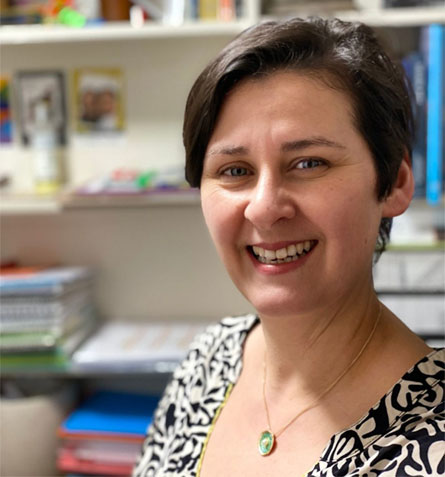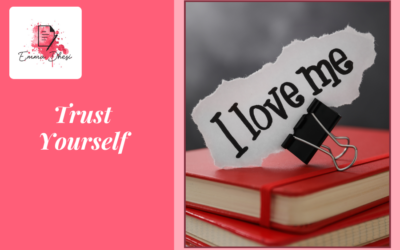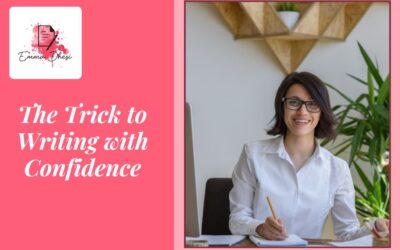From time to time, I use affiliate links to products or services I love using. This means that I may receive a small percentage or fee for referring you to any product you may purchase from one of those sites. It does not cost you anything. These small fees help sustain my small business. I truly appreciate your support.
Writing Process - Part 1
How I developed my writing process
This is the first in a series of three blog posts on how I developed my writing process. There’s quite a lot to it, so rather than write something akin to ‘War and Peace’, I thought I’d break it up into parts.
When I knew I wanted to write seriously, with consistentency and to finish a first draft, I knew I had to develop a writing process. I became obsessed with how published authors spent their time. I desperately wanted to find out how they found their book ideas, how they started writing the book and what the life of a writer looked like. Did they get up at the same time as me? What did they eat? Was there some magic foodstuff I could take that would transform me into Kate Atkinson?
One of the first memoirs I read was Stephen King’s On Writing. In it he told me that to be a “proper writer” I needed to write every day for two hours. This horrified me! There was no way I could suddenly start writing for two hours a day, let alone every day. And so for a long time I assumed this was the only way I could be a writer and nearly gave up.
I have since discovered many other writers have read his book and felt this way and is why I no longer recommend the book to absolute beginners.
After a while, when the writing bug wouldn’t leave me, I knew I needed to find another way to be a “proper writer”.
I read memoirs that would give me a blow by blow account of how their creative process worked; I read interviews in magazines and newspapers writers hoping the interviewee would talk not just about their recent book but also their writing process. And I scoured YouTube for my favourite authors desperate to know how they wrote their books.
Eventually I read and watched enough to realise that there was no way round it, I had to sit down at my desk and put pen to paper. There was no magic foodstuff.
There is no one-size-fits-all
And that is why I thought it might be useful to share my writing process with you, so you can get an insight into the way I write and take from it what you need. You may read this series and decide none of it will suit you, but equally you may decide that one step in my process is worth trying.
It is imperative that you understand that no one way is the right way. My creative process is not prescriptive, it is just a process that has evolved for me. Developing your own process will take time because you’re getting to know a new side of yourself. You’re getting to know the writer side of your personality; not the wife or mother or employee or spouse.
This is a whole new fascinating facet of you. It took me several years to grow and develop this process so I have no doubt it will take you a little while to figure yours out too. But let me tell you what I do and hopefully it will be of interest and possibly even of use for you.
Step 1
I have written about this in the past. It is the step that all writers go through before they put pen to paper. It is essentially the brainstorming phase and what I like to call mulling it over.
I have an idea in my head. I think this might be an excellent story and so I give some thought to who might be in the story, what path it might take and what a resolution will be.
If it comes to nothing, I know it’s not because the story isn’t a good one, or because Elizabeth Gilbert’s spirits of creativity don’t think I’m appreciative, it’s because it hasn’t grabbed me as powerful enough. I’m not convinced it’s my story to tell.
This idea of creativity spirits is a bit woo-woo for some but I like it because I think there is an element of truth to it. I do not believe there are creative writing sprites that roam around the world, but I do believe in kinetic energy and wouldn’t be at all surprised if we transmit our thoughts around the world in some way. I like Gilbert’s story about Ann Patchett, for example (you’ll need to read Big Magic to read it!).
But finally an idea grabs me, and it sticks. Now is the time to give it some serious mulling and extrapolate it into the skeleton of a storyline.
Brainstorm
If you’re a plotter, this might be the time to brainstorm. I know some writers like to have something on paper whether it just be a list of bullet points or it might even be a mindmap of ideas. For me though, I don’t do this. All the ideas remain trapped in my brain until I come to write.
So now that I think I have a story idea, or at least a character and a place that might work, the next phase of the writing process is to write.
Step 2
I am a discovery writer so don’t plot anything, I just get down to writing. I also handwrite rather than use a computer which some people have found to be a strange decision because they feel it doubles the workload.
However, this process really works for me. It slows my brain down enough that my hand can keep up, and by the time my hand has written what I’ve been thinking, the next line comes to mind. I know it’s been shown that writing by hand aids the composition of thoughts and idea.
Needless to say, this takes a toll on me physically. I get a lot of shoulder cramp and headaches as a result, and I have to be very careful about how I sit when I write.
But I stick with this system because I derive a great deal of happiness watching my notepads get fat with written pages. I feel proud of what I have done to date and can see I’m being consistent and working hard.
This, in turn, encourages me to carry on and to turn up at my desk the next day and next day and the next. I write for two to two-and-a-half hours* each weekday and my aim for each writing session is to write one chapter.
*In lockdown I’m managing only one hour, and even then not every day.
My writing goals
My chapters, on the whole, are around the same amount. I aim for between 2,000 and 2,500 words per chapter. Obviously this varies depending on where I am in the book, what’s happening in the chapter and any pacing considerations I need to make, but on the whole aiming for that amount helps ensure I’m writing enough depth within the scene.
Some people might find this a bit formulaic, but I find it to be an excellent guide to keep me on track. And remember, this is the first draft, so it is not written in stone. At this stage I am just conscious of getting the story down on paper.
Once the first draft is written, I can move on to step 3, and I’ll cover this in next week’s article.
If this article was useful, you’ll love:
If you are trying to write your novel, but lack the confidence or self-belief to see it through to the end, then join me in Unlock Your Creative Block.
It's the only programme that gets to the heart of why you can't finish your book, even though it's what you want to do more than anything else in the world.

Emma Dhesi writes women’s fiction. She began writing seriously while a stay at home mum with 3 pre-school children.
By changing her mindset, being consistent and developing confidence, Emma has gone from having a collection of handwritten notes to a fully written, edited and published novel.
Having experienced first-hand how writing changes lives, Emma now helps beginner writers find the time and confidence to write their first novel.





0 Comments